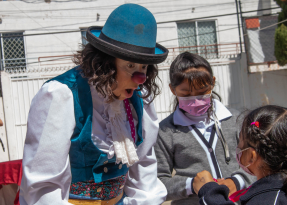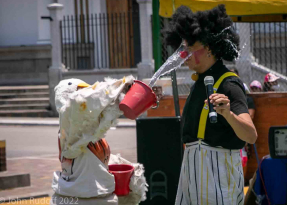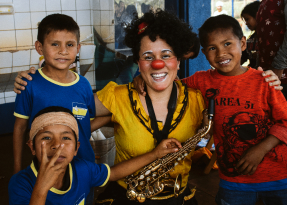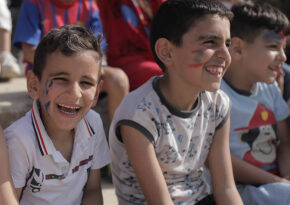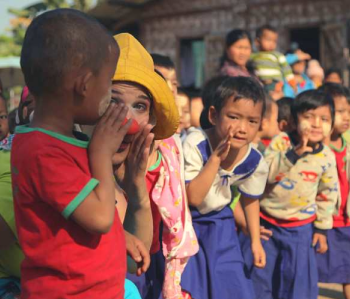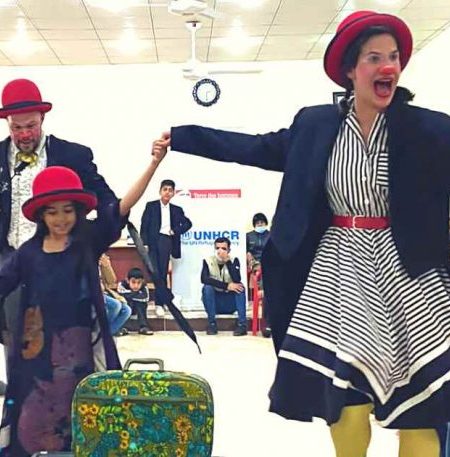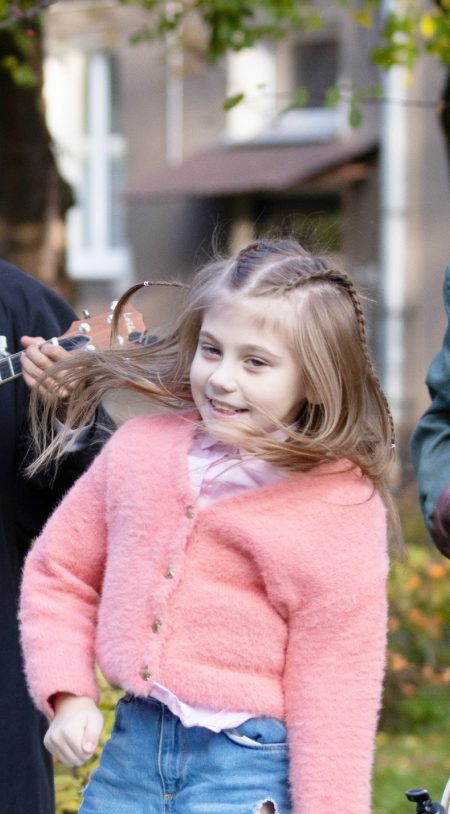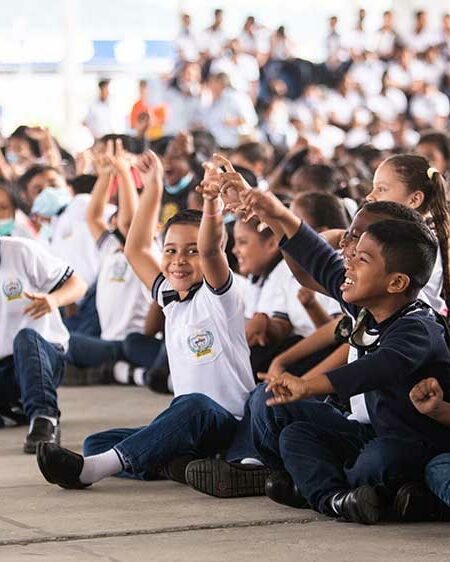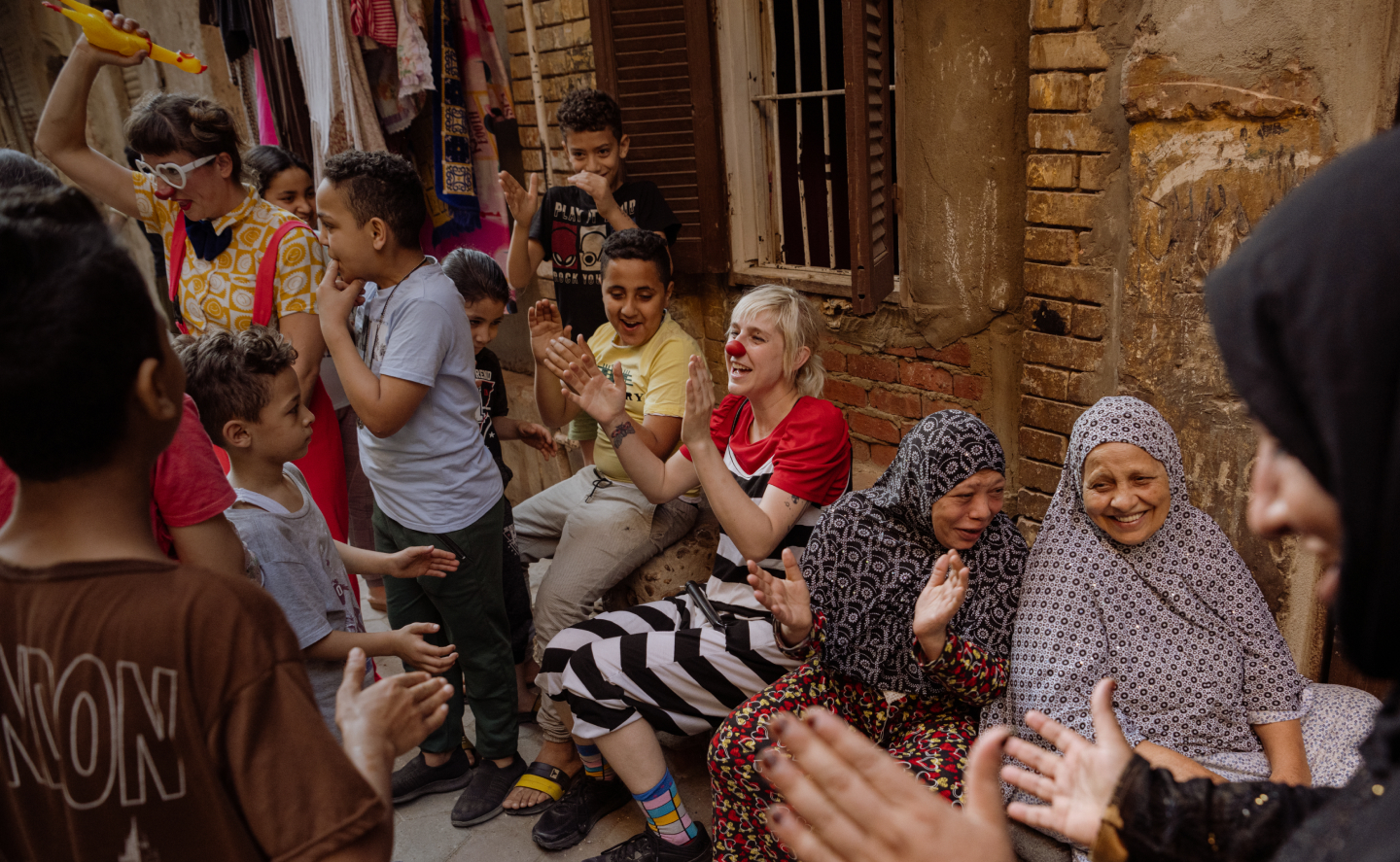Check out our April 20-28 tour in the Bay Area of the United States!
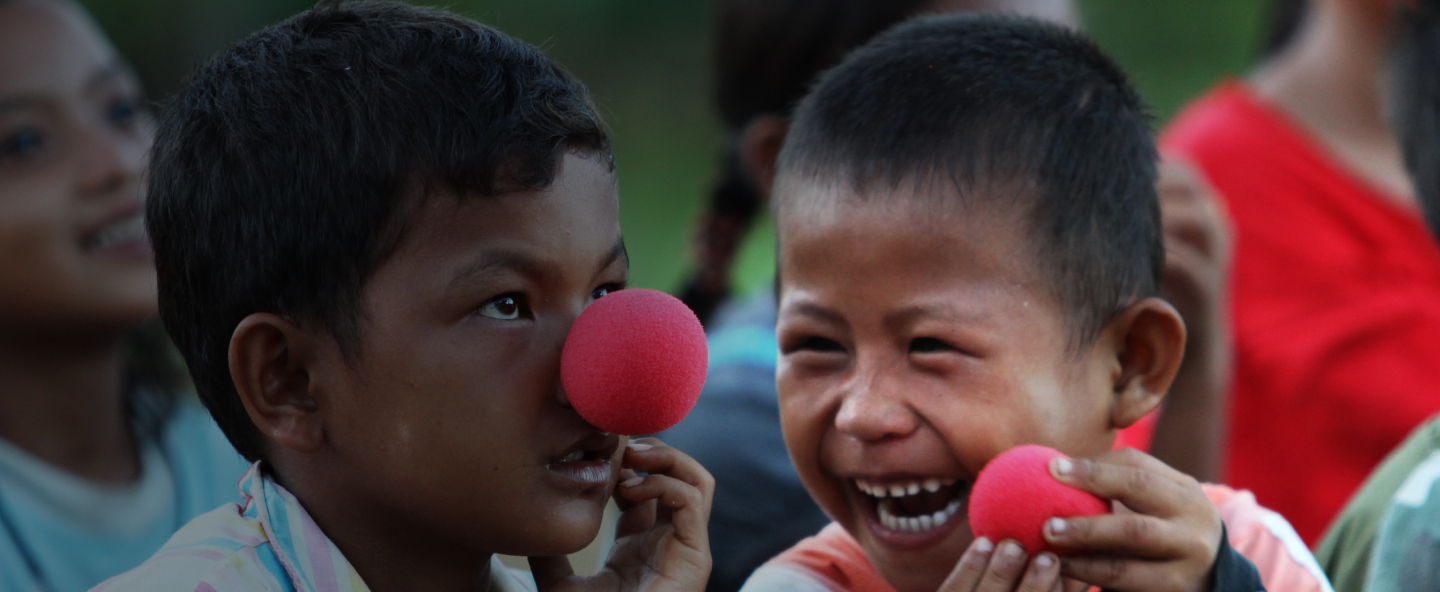
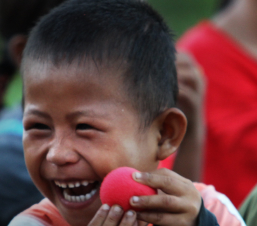
Why Clowns?
We know, we know. Clowns?! What can clowns bring to people impacted by natural disaster, human conflict, and other serious crises?
Our answer: a lot more than you might think!
We Clown Because...
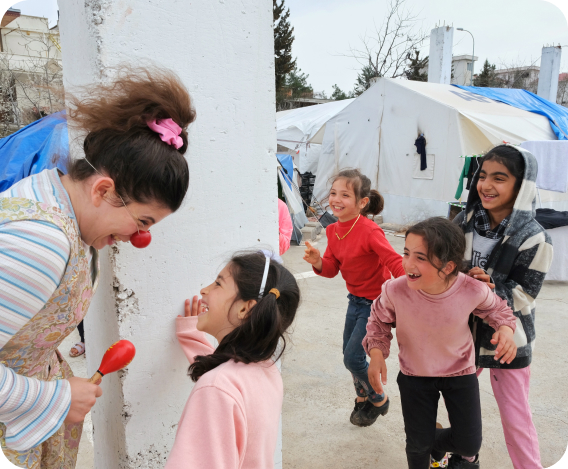
Everyone Deserves to Laugh
People impacted by crisis, conflict, and migration are so rarely seen for who they are. They’re people with full lives and rich histories — and they sorely need something to smile about.
That’s why we clown!
As clowns, we SEE the people we’re performing for. In fact, we’re performing WITH them! Together with audience members, we twist our bodies, we make funny faces, we juggle ridiculous items, and above all, we laugh.
Our clowns aren’t solving geopolitics, preventing global conflict, or taking away trauma. We’re simply showing up — and showing people that they matter enough to laugh, play, and have an extraordinary day.
Laughter Heals
You’ve surely experienced it for yourself. Something unexpectedly delightful happens and invites a tiny glimmer of positivity — just when you felt like things would never get better.
That moment of laughter, even if fleeting and half-hearted, is so often the doorway to all the other emotions.
After all, comic relief IS relief!
By expressing ALL of their feelings, our clowns invite audience members to do the same (a process called Mirroring!). By accessing laughter in the midst of difficulty, we reveal the part of ourselves that is strongest and most resilient, and we can begin a journey of processing and healing.
- Release endorphins
- Create a positive shift in self-concept
- Create a sense of human connection — it’s contagious!
- Stabilize blood pressure, improve circulation & restore homeostasis in the body
- And do a whole lot more!

Play Is a Human Right
Did you know that Article 24 of the Universal Declaration of Human Rights is the Right to Play? Yes — play is a right. Just like food, shelter, and free speech.
As clowns, we defend that right!
Children learn through play, and their play reflects what they see. Shouldn’t kids in a migrant camp or refugee center have just as much opportunity for positive, uplifting play as any other child?
At CWB, we see our role as “lifting up the child.” And by doing so, we help uplift communities, too.
